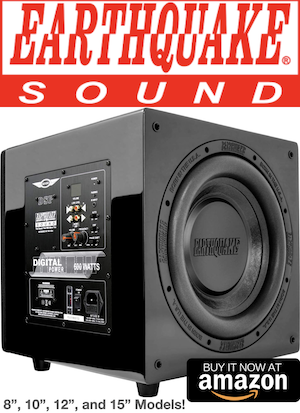meek81
New Member
Thread Starter
- Joined
- Dec 1, 2019
- Posts
- 33
More
- Preamp, Processor or Receiver
- Denon avr X1400H
- Universal / Blu-ray / CD Player
- Xbox one X
- Front Speakers
- SVS Ultra bookshelf
- Subwoofers
- SVS PB16 Ultra
So I am trying to learn how to gain match my dual PB16 subs, I watched a video on YouTube by Hometheatergurus and although very informative some parts still have me scratching my head.. so I’ve come here for help. I have my subs connected to my minidsp 2x4HD that I just got so I’m trying to learn that while trying to learn gain matching.. I think I’m in a little over my head honestly. So at what volume does my AVR need to be when I am doing the 60Hz tone in REW to adjust the gain to 80db? And also since I have identical subs can I just set the same gain on my second sub without putting it in the position of the first sub to gain match them? Any help will be greatly appreciated, thanks













